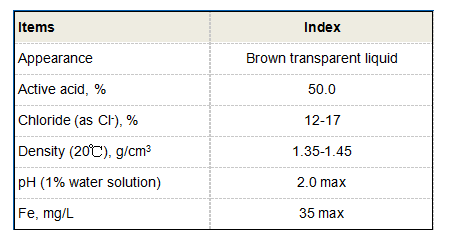Exploring the Uses and Benefits of CL and Methylisothiazolinone in Various Industries
Understanding the Role of CL+ME Isothiazolinone in Modern Formulations
In the field of chemical compounds, particularly those used in personal care and household products, CL+ME Isothiazolinone has emerged as a key component. This powerful biocide is often utilized for its antimicrobial properties and is especially prevalent in products designed to prevent spoilage caused by microorganisms.
What is CL+ME Isothiazolinone?
CL+ME Isothiazolinone is a combination of two isothiazolinone compounds, primarily, 5-Chloro-2-methyl-4-isothiazolin-3-one (CIT) and 2-Methyl-4-isothiazolin-3-one (MIT). Together, they form a highly effective preservative system that helps prolong the shelf life of various formulations. These compounds work by disrupting the metabolic processes of a wide range of bacteria and fungi, thereby inhibiting their growth and ensuring product stability.
Applications in Products
You can find CL+ME Isothiazolinone in an array of products, including cosmetics, shampoos, conditioners, and various household cleaners. Its ability to combat microbial contamination makes it an essential ingredient, especially in water-based formulations that are prone to growth by bacteria and mold. The combined action of both CIT and MIT enhances the efficacy of preservation, allowing manufacturers to formulate products that not only perform well but also resist spoilage over time.
Safety and Regulations
cl+ me isothiazolinone

As with many chemical compounds, the safety of CL+ME Isothiazolinone has been a topic of discussion within the industry. Regulatory agencies such as the European Commission and the U.S. Environmental Protection Agency assess the safety profiles of such ingredients. While the compounds are recognized for their effectiveness, there have been concerns regarding potential skin sensitization and allergic reactions, particularly with prolonged exposure.
In light of these concerns, manufacturers are encouraged to adhere to recommended usage concentrations to ensure consumer safety. The Cosmetics Regulation in the European Union, for instance, stipulates precise limits on the concentrations of both CIT and MIT in cosmetic products, ensuring that products remain safe for consumer use.
Market Trends and Perspectives
The growing awareness of sustainable and safe personal care products has propelled a shift within the market. Consumers increasingly seek transparency and prefer formulations free from harsh chemicals. This demand has prompted many companies to explore alternative preservatives that mitigate potential risks associated with isothiazolinones while still providing effective preservation.
However, the challenge lies in finding substitutes that can rival the efficacy of CL+ME Isothiazolinone. Currently, research and development are ongoing to identify and validate new preservatives that maintain product integrity while aligning with consumer preferences for safety and sustainability.
Conclusion
CL+ME Isothiazolinone continues to play a significant role in preserving the quality and safety of numerous products in the personal care and cleaning sectors. While it offers substantial benefits as a biocide, addressing safety concerns remains crucial. The industry's response to these challenges will likely shape how consumers perceive and utilize products containing isothiazolinones in the future. As formulations evolve, the balance between efficacy and safety will remain a focal point for both manufacturers and consumers alike.
-
2 Phosphonobutane 1,2,4 Tricarboxylic Acid (PBTCA): Superior Scale & Corrosion InhibitorNewsAug.31,2025
-
Dodecyldimethylbenzylammonium Chloride: High-Purity DisinfectantNewsAug.30,2025
-
2-Phosphonobutane-1,2,4-Tricarboxylic Acid: Scale & CorrosionNewsAug.29,2025
-
Premium Isothiazolinones | Broad-Spectrum Biocidal SolutionsNewsAug.28,2025
-
LK-319 Special Scale And Corrosion Inhibitor For Steel Plants: Advanced Solutions for Industrial Water SystemsNewsAug.22,2025
-
Flocculant Water Treatment: Essential Chemical Solutions for Purification ProcessesNewsAug.22,2025





